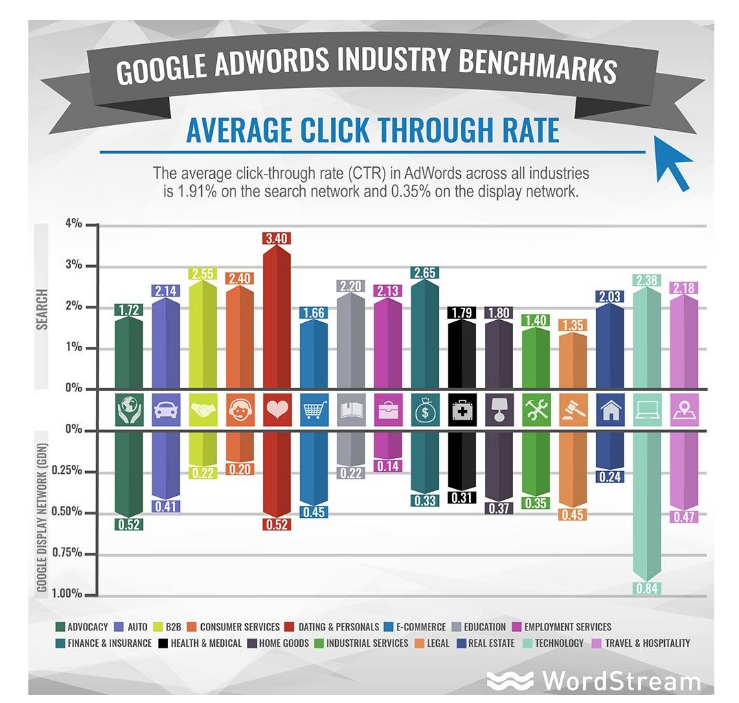What is Conversion Rate?
Ah yes…conversion rate…What does it mean, what is an example of a good conversion rate, when should I be concerned, how does it affect my overall campaign performance! All very valid questions that I will be answering today.
First, let’s start by defining the term. Conversion rate is defined by Google as:
“The average number of conversions per ad interaction, shown as a percentage.”
Source: Google
Basically, the conversion rate is expressed as a percentage derived from (conversions/clicks=conversion rate). What it represents is how effective your landing page, sales funnel, etc are actually working toward driving meaningful interaction.
For example, if you had 10 conversions from 100 clicks or interactions, your conversion rate would be 10%, since 10 ÷ 100 = 10%.
What does Conversion Rate mean?
It’s a good indication of the effectiveness of your landing page and marketing efforts, but take this with a grain of salt…more on this later. It means people want what you’re offering, and they’re easily able to get it!
Think about it for a moment—when you visit a website and proceed to fill out a form, drop your email or actually purchase an item, you’re a conversion—but you are among hundreds if not thousands or millions of users that have felt the easiness of providing some form of value (not always monetary) to the business.
It could be that the form was easy enough maybe it didn’t take any time to fill out since it was only asking you to provide a few fields of information rather than a ton of details. Conversion rate represents a percentage or numerical term of how well your destination page is converting—meaning you are getting more value from visitors.
What is an example of a good conversion rate?
Across industries, the benchmark is on average about a 2% conversion rate as mentioned on klipfolio and WordStream.
Although WordStream has a highly quoted article that works from a larger sample size that indicates a 2.70% conversion rate is their benchmark (link is below.)

Across lead generation accounts iPPC benchmarks at 10%-25% conversion rate—I know what you’re thinking, that is a pretty drastic conversion rate to shoot for, but here at iPPC we dig into the data head first!
We also, like to trim what is not working in order to allocate budget accordingly—giving our clients the best possible return on investment.
Source: WordStream
What are some things that advertisers can do to increase their conversion rate?
So here are a couple of suggestions I have for advertisers that want to increase their conversion rate.
First Tip: Double check your conversion tracking. AGAIN…double and triple check your tracking. I know this sounds like a no-brainer to advertisers but in reality, I have audited hundreds of accounts and can say that about 40% have faulty tracking setup. Make sure you’re getting good-clean data to base your decisions on.
Second Tip: Split test your landing pages, I won’t get into all the different data points to test but, hypothesize your methods first and have a time horizon in mind (fixed point of time in the future at which certain processes will be evaluated.) Make sure you keep a close on what is working and what is not working and TEST TEST TEST!
When developing a well rounded Google Ads campaign, it’s always important to consider the conversion rate. It’s a great indication of whether or not your landing page is doing a good job so it’s in your best interest to focus on it.
As always feel free to reach out directly if you have any questions or just want to talk about why switching the color of your call to action button on your landing page is not as important as setting up conversion tracking. I’m always happy to help!






